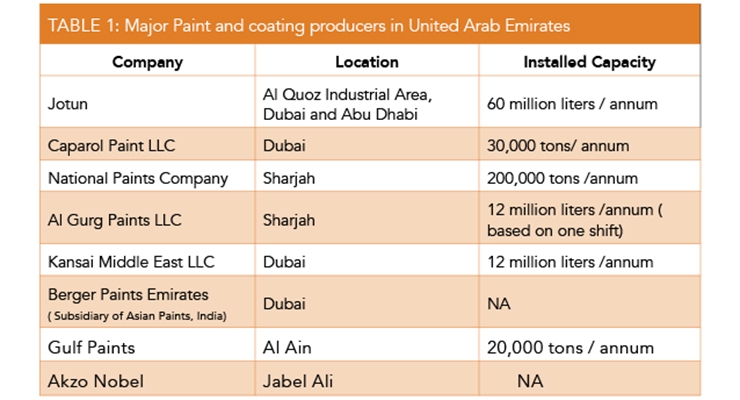Recognizing Seasonal Influences On Commercial Outside Paint: Vital Understanding For Success
Recognizing Seasonal Influences On Commercial Outside Paint: Vital Understanding For Success
Blog Article
Write-Up Written By-McLamb Rosendal
When you're preparing an industrial external paint job, seasonal variables can make or break your outcomes. You'll intend to think about just how temperature and moisture effect paint application and drying out times. Selecting the best season can guarantee your paint adheres properly and lasts longer. But which seasons are really the very best for this kind of job? Allow's discover the crucial elements that can affect your project's success.
The Effect of Temperature Level on Paint Application
When you're planning a commercial external paint project, the temperature level can significantly impact how well the paint sticks and dries.
Preferably, https://exteriorhousepaintersnear23333.gynoblog.com/34180139/in-what-methods-do-suitable-colors-impact-your-brand-s-aesthetic-allure-in-industrial-outside-paint-uncover-the-vital-factors-to-consider-that-shape-your-choices wish to repaint when temperature levels range between 50 ° F and 85 ° F. If it's also cool, the paint may not heal appropriately, bring about concerns like peeling off or splitting.
On the other hand, if it's too hot, the paint can dry out as well promptly, preventing correct adhesion and leading to an irregular surface.
You must also take into consideration the time of day; morning or late afternoon offers cooler temperature levels, which can be much more beneficial.
Always examine the supplier's referrals for the specific paint you're using, as they often offer advice on the suitable temperature level range for optimal outcomes.
Humidity and Its Result on Drying Times
Temperature level isn't the only ecological variable that influences your commercial outside painting project; moisture plays a considerable duty too. High moisture degrees can reduce drying times considerably, influencing the overall top quality of your paint job.
When the air is filled with wetness, the paint takes longer to cure, which can lead to problems like poor adhesion and a greater threat of mildew development. If you're repainting on a particularly humid day, be planned for prolonged wait times between coats.
It's critical to monitor local climate condition and plan as necessary. Ideally, go for humidity degrees in between 40% and 70% for optimal drying.
Maintaining these factors in mind guarantees your project remains on track and delivers an enduring surface.
Best Seasons for Commercial Exterior Painting Projects
What's the best time of year for your business external painting projects?
click here to read and early fall are commonly your best choices. During these seasons, temperatures are light, and moisture degrees are frequently reduced, producing excellent problems for paint application and drying out.
Avoid summertime's intense heat, which can cause paint to dry too rapidly, leading to inadequate bond and surface. Similarly, winter season's chilly temperature levels can prevent proper drying and curing, taking the chance of the longevity of your paint task.
Aim for days with temperature levels in between 50 ° F and 85 ° F for optimal results. Keep in mind to examine the local weather prediction for rainfall, as damp conditions can spoil your project.
Preparation around these factors guarantees your painting project runs efficiently and lasts much longer.
Final thought
Finally, preparing your industrial outside paint projects around seasonal considerations can make a significant distinction in the result. By organizing work during the excellent temperature levels and moisture degrees, you'll make certain much better adhesion and drying times. Keep in mind to keep an eye on neighborhood weather forecasts and choose the right time of year-- spring and early autumn are your best options. Taking these actions will aid you achieve a durable and specialist finish that lasts.
